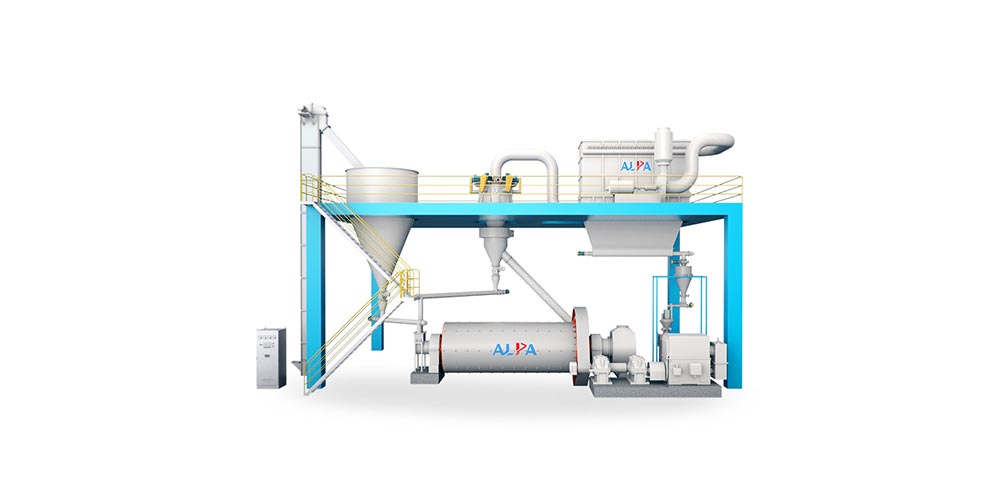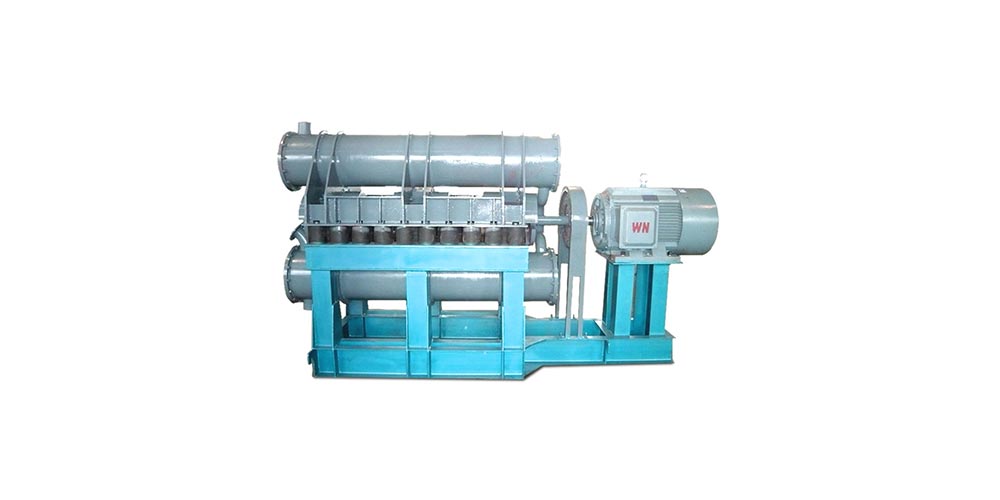Flake graphite regrind process and equipment
Among graphite products, flake graphite is the most widely used and in demand, and its value is proportional to the size and grade of the flakes. However, the traditional flake graphite grinding and floating process generally damages the graphite flakes greatly. Therefore, for flake graphite ore with different embedded particle sizes, it is of great significance to select the regrind process and equipment reasonably.
Crystalline graphite, also known as flake graphite, has a series of excellent physical and chemical properties such as electrical conductivity, thermal conductivity, high temperature resistance, plasticity, lubricity, and chemical inertness. It is widely used in metallurgy, machinery, electrical, light industry, chemical industry, textile, and national defense. It is one of the non-metallic materials indispensable for global high-tech development.
Usually large flakes refer to flake graphite of +50 mesh, +80 mesh, and +100 mesh, and flake graphite below these particle sizes is called fine flake graphite.
The size of the scale and its fixed carbon content are the most important reference indicators for judging the value of graphite flakes, and the dissociation method and degree are the most important factors that determine the yield of large scales and the fixed carbon content in concentrate products. Therefore, for the optimization of flake graphite beneficiation process, we must first start from the grinding process.
In recent years, breakthroughs have been made in grinding technology, and many new technological processes have emerged, such as: graded grinding and flotation, rapid flotation technology, stage grinding and stage separation, pre-separation, collector-free flotation, and shear flocculation. Flotation process, ultrasonic strengthening process.
Flake graphite regrind equipment
Research has found that the sorting process and sorting equipment will not physically destroy the graphite flake structure, only the large flake graphite will be damaged and lost during the regrinding process. Therefore, the most critical technology for graphite beneficiation is the reasonable selection of regrinding equipment.
The most important and core part of protecting graphite flakes is the selection of regrind equipment.
The ball mill is a grinding equipment with a wide range of applications, a long history, simple operation, and low production cost in the beneficiation plant. Lattice type ball mills and overflow type ball mills are widely used.
In the graphite regrinding process, the ball mill is mainly used for one-stage grinding or two-stage regrinding. The installed power is generally 80~120kW, the medium filling rate is 30%~40%, and the single processing capacity is 10~40t/h. Etc.

- Mixing mill
The biggest difference between the stirring mill and the ball mill is that the former has a stirring device inside. The stirring mill drives the grinding medium to rotate and revolve through the rotation of the stirring device, and then generates shear, impact, and friction effects to achieve the purpose of fine grinding of the material.
The common stirring device forms of agitating mills include spiral, disc, rod and impeller. In the graphite regrinding process, there are two types of impeller and rod, which are more widely used or have broad prospects. It is a double-layer impeller type and a multi-layer impeller type, which are used in graphite regrinding processes in many areas in China.
- Rod Mixing Mill
The rod-type stirring mill is a fluidized vertical stirring mill, which uses the rotating kinetic energy of the stirring rod to produce high-energy motions of the medium and slurry mixture in the grinding chamber, thereby generating shear, friction and The squeezing force forms an ideal grinding environment for fine grinding, regrinding and scrubbing.
The installed power of the rod-type stirring mill is generally 18.5~1100kW, but the application specifications in the graphite regrinding process are generally small, generally 18.5~185 kW, the grinding medium is ceramic balls, and the processing capacity of a single device is generally 1.5~ 15 t/h.
- Disc grinder
Starting from the research on the grinding characteristics of flake graphite, the regrind equipment is a disc mill. After the graphite flakes are ground under the action of the rotating thrust of the grinding disc, the scales are dissociated under the action of the grinding force along the crystal layer.
The shortcomings such as fast wear, large maintenance workload, strict requirements on the concentration of ore pulp and small processing capacity, have led to fewer applications in the graphite industry.
- Sand mill
Grinding medium and graphite pulp move both axially and radially in the sand mill. Due to the differential speed, they perform rotational friction with each other to form a peeling force, which separates the graphite from the gangues on it, and thus separates the graphite from the gangue. Body dissociation.
The protective effect of graphite flakes is average. Moreover, the equipment has certain shortcomings. For example, due to the high stirring speed during operation, the life of the equipment cylinder is short, and the replacement frequency in production is high, which directly affects the production efficiency.
Vibration mill is a kind of high-efficiency grinding equipment. As long as the amplitude is well controlled, using it as a regrinding equipment for graphite is beneficial to the protection of Dalin tablets.
Vibration mill is a dry grinding equipment, and graphite is in the form of slurry after flotation, and it must be dried before vibrating mill regrind, so it is difficult to realize in graphite production; and vibration mill has high noise and requires high infrastructure .

In the selection of grinding media, the use of rods, columns and cylinder rods to protect large scales is better than ball media. In the selection of mills, the use of disc mills, sand mills, vibration mills, vertical mixing mills, rod mills and other regrinding equipment with a grinding and stripping effect has obvious effects on the protection of large scales.
Because of the large processing capacity of the first and second stage grinding, the ball mill can be selected as the grinding equipment, but it must be noted that the ball mill is destructive to the large flake graphite and the grinding efficiency is low. Therefore, if the economic cost allows, consider using a large-size rod-type agitating mill to replace the ball mill for one or two stages of fine grinding.
For the regrind after the second stage, due to the moderate processing capacity, impeller and rod agitating mills can be selected as regrinding equipment. This type of equipment has the advantages of low power consumption, high efficiency, low consumption of grinding media, strong applicability, stronger production capacity, safer operation, and easy implementation of conventional and optimized control, especially the rod-type stirring mill, which is suitable for large The protection of flake graphite is more effective.
Article source: China Powder Network
